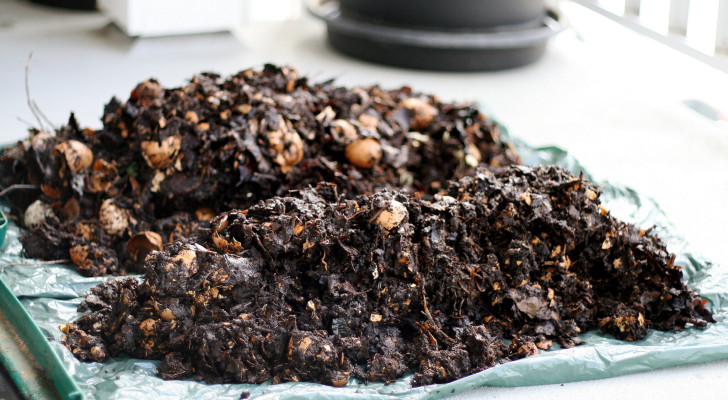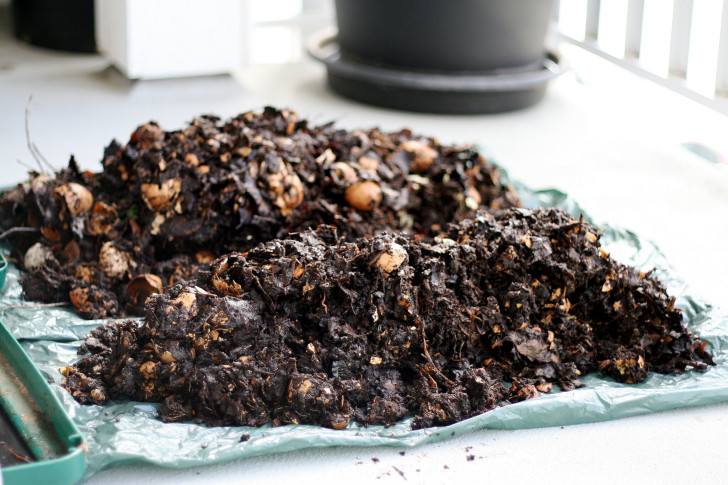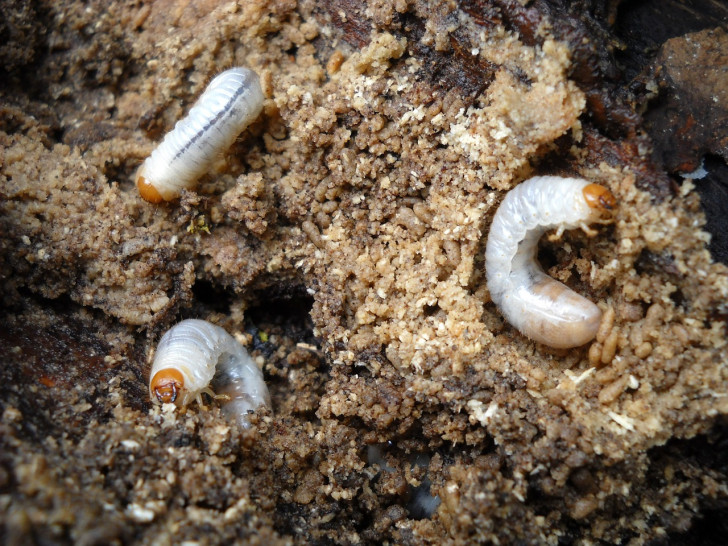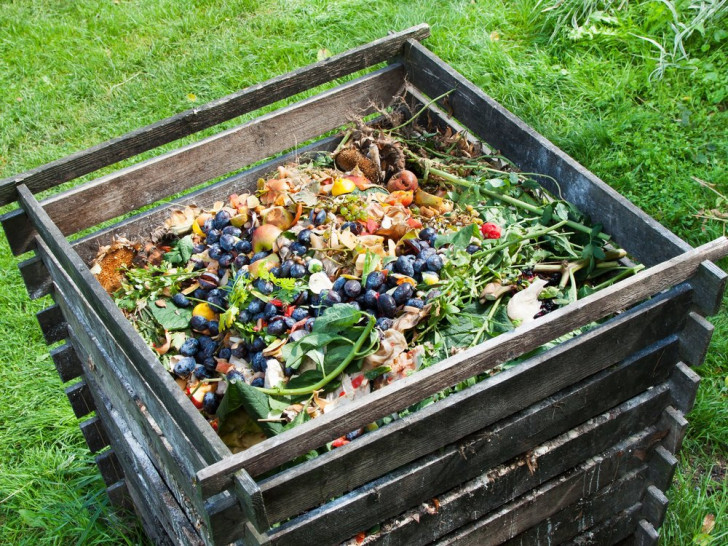Worms and larvae in the compost: is this normal or a sign that something is wrong?

Composting is very handy for gardening, as it allows you to transform your food and garden waste into a precious resource to nourish your plants. That said, there may be times when you open your composter and find some unexpected "guests" inside: worms and larvae.
Whilst unpleasant to look at, are these worms and larvae harmful? Well, it all depends: there are several species of worms and larvae that can live in your compost - some are beneficial, while others can cause damage to your garden.
Given this, let's find out how to distinguish between the different types of worms and larvae and how to get rid of harmful ones.
The benefits of some worms for composting

Some small worms, such as Eisenia fetida (aka Tiger worms or Red Wrigglers), are useful for composting. These worms feed voraciously on organic substances, accelerating the decomposition and transformation of waste into fertilizer. Their presence indicates that your compost is well-balanced and well-aerated and with a good amount of essential nutrients.
Finally, the activity of these worms encourages microbial growth, which, in turn, enriches the compost.
Certain types of larvae - such as Potter wasp larvae - also feed on organic materials, speeding up the composting process. These larvae will also metamorphosize into pollinating insects that will be very useful for the propagation of your plants.
When worms and larvae can be a problem for composting

Sometimes, however, some types of worms/larvae can be a problem when in your compost: some larvae (for example, Root Maggot larvae) feed on roots and, if you use "contaminated" compost in your garden, they could damage your plants.
Furthermore, the presence of these larvae can indicate problems with your compost. Exposure to temperatures that are too hot or cold can alter the delicate balance of your compost heap, as could poor aeration or an imbalance in components (for example, a compost made up exclusively with only fruit or only leaves). Keep an eye your compost heap: if it starts to give off unpleasant odors, it may be time to take action (see below).
How to keep compost in top condition

There are several strategies you can adopt to keep your compost in top condition:
- Keep an eye on your compost heap: make sure it always gives off an "earthy" smell; an unpleasant odor could be a symptom of anaerobiosis (a lack of oxygen), excess humidity or the presence of harmful organisms. Also check what type of worms and larvae are living in your compost (see above);
- Adjust the composition of your compost, carefully balancing the amount of green, nitrogen-rich material (such as vegetable waste) with brown carbon-rich material (such as agricultural waste);
- Try to maintain the right levels of humidity, so that the compost always has a "spongy" consistency;
- Finally, remember to aerate the compost regularly by turning it with a rake from time to time.
Thanks to these strategies, your compost will always be kept in good condition for use in your garden.